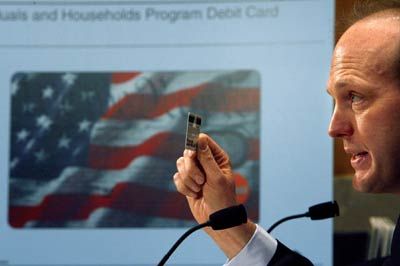From the outside, banks and credit unions seem very similar. They both offer checking and savings accounts, financial products like CDs and specialized accounts, and the rest of the services we've come to expect. You drive through teller windows or stop in at a branch, deposit your checks or withdraw money, and occasionally meet with personnel to discuss your financial needs. ATMs, debit and credit cards, loans and mortgages are all on the menu at most banks and credit unions. You give them your money, and they give it back. Right?
But under the surface, the two types of financial institutions couldn't be more different. You may have noticed how excited and involved credit union (CU) members tend to be with their institutions, or the reputation CUs have for being small, regional or community-oriented. Perhaps you've heard about the intense lobbying the banking industry regularly levels against credit unions and wondered why it's so aggressive.
Advertisement
There are benefits and costs to both operations, of course. But learning about the way credit unions work -- and what sets them apart from banks -- gives some interesting insights into the way we deal with money in this country. Most of us don't use half the opportunities our financial institutions offer because it can be so overwhelming to make decisions about these things. For many of us, it's hard enough just making sure our checks don't bounce at the end of the month!
In this article, we'll look at the basic business structure of banks and credit unions, the reason they do the things they do and the ways we use their services. Read on to learn how to choose between the two!
Advertisement



